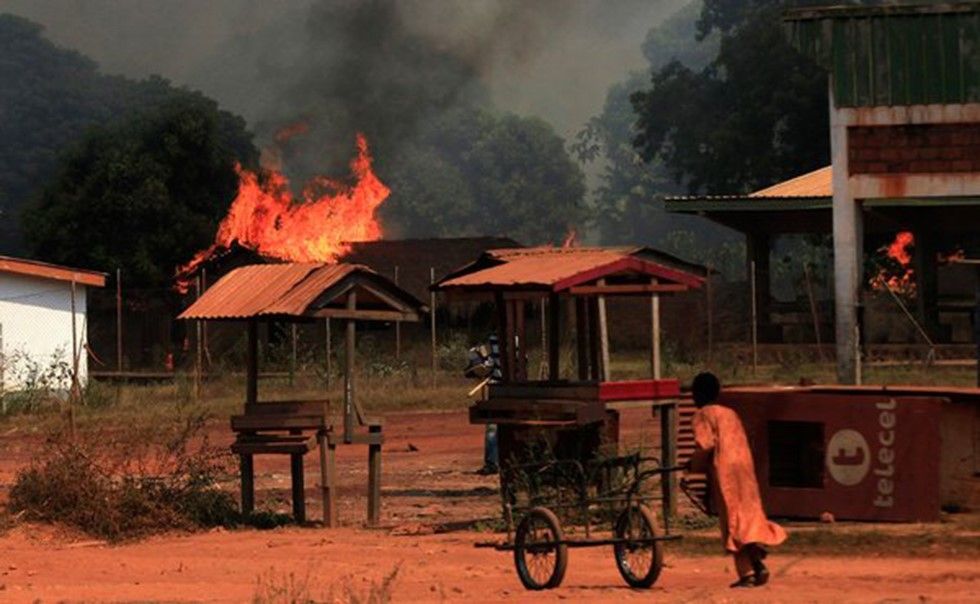The Central African Republic: Requiem for a Failed Nation
(2014)
HUMAN NATURE OR AFRICAN DEPRAVITY?
It’s all depressingly familiar: an artificially cobbled state created under colonialism explodes in tribal/sectarian violence. Men and young boys indiscriminately shoot and maim whoever gets in their path, women, children, innocent bystanders, one another. The world cries in horror; insufficient troops from the outside may or may not be sent in to protect the capital and its airport; the slaughter continues; world leaders point fingers and counsel moderation; millions of lives are blasted and disrupted; refugees huddle, flee, starve, provide horrific images for Western news consumption. Yes, we’ve seen the like amongst white people (a tear for Yugoslavia), but surely that was an anomaly! This kind of savagery is endemic to the African continent, isn’t it? Not to be racist about it, but …
What’s the difference between the sectarian violence now being visited upon that perennial basket case of a country, the Central African Republic (even the name testifies to its artificial nature) and Rwanda, the Democratic Republic of Congo, the Sudan? Only my personal history, for I was a Peace Corps Volunteer and lived there from 1974 to 1977. The high school in which I taught is now a refugee camp for 8,000 Muslims too terrified to return to their homes, many now destroyed or burnt out. Another 35,000 Christian refugees are massed around the Catholic mission in the town’s center. Bossangoa, formerly a peaceable savannah subprefecture of 50,000 people, is now a string of blackened buildings.
The thing I find most shocking about this turn of events is that when I lived there in the mid-70s, there was no whisper of the sectarian hatred that has how turned this country into a cauldron of violence. Tribal rivalries there were aplenty and then dictator Jean-Bedel Bokassa provided a colorful twist on the usual narrative of a cardboard democracy, installed by the departing colonial powers, overturned by a military dictator. (Bokassa brought unusual notoriety to his fiefdom by declaring himself emperor and staging a shockingly opulent coronation modeled on that of Napoleon.) Muslims had always been a quiescent trading minority (barely 15%) in this country of mostly Christians and animists. If I were placing bets at that time on who would be hacking whom, Muslims vs. Christians would have been low on the list.
HOW DID WE GET HERE?
Beats me, but I have a theory. You may have noticed that for the past couple of decades, the Muslim world has been “waking up,” if you will, from its centuries of sleep. This has included all manner of unpleasantness from bombings in Mumbai (Lashkar-e-Taiba) to church killings in Nigeria (Boko Haram). You might not have pegged the Central African Republic as a likely domino in the spread of Allah-inspired violence, but the C.A.R.’s immediate neighbor to the north, Chad, and to the east, Sudan, were very much roiled by Islamic fighters. These battle-hardened men made up an available pool of thuggery for the ambitions of the C.A.R.’s first Muslim “politician” of note, Michel Djotodia.
I put the word “politician” in quotes because even though the Western-imposed form of putative democracy is sometimes sketched out as the playing field, the actual struggle for power and the ability to rape the country’s meager resources plays out in a bewildering round of coups, failed coups, sabotaged elections, rebellions, and worthless peace deals featuring the same names – Patassé, Kolingba, Goumba, Bozizé – in endless competition for Supreme Kleptocrat, aka the President. As you might imagine, orderly rule of a country the size of France was always beyond the capability of this turbulent, self-immolating central power.
Djotodia, though ambitious for the Presidency, was always a 2nd tier rider on this merry-go-round until the Muslim turmoil of the neighboring states really revved up. He became a key leader in a coalition of Muslim fighters called the Séléka, which means “alliance” in Sango, the country’s lingua franca. In 2013, the Séléka quickly overran the country’s army, invaded the capital, Bangui, and installed Djotodia as President. Then the wholesale killing, raping and pillage of Christians, unarmed at this point, began in earnest. Djotodia proved incapable of rebottling the bloodthirsty genii he had let loose, and the sickening carnage finally rose to the level of global visibility via the Western press.
The balance of power teetered back toward the Christian majority, not because they turned the other cheek but because they formed their own, equally arbitrary and bloodthirsty lynch mobs, called the Anti-Balaka (“anti-machete”). Djotodia tried to disband the Séléka, but that only sent the mercenaries out into the bush where their violence and pillage went completely unchecked as they made their way back home. That left the hapless Muslim resident minority at the tender mercies of an enraged decentralized Christian militia. Under internal and external pressure, Djotodia resigned as President January and went into a peaceful and unrepentant exile in the Republic of Benin. What he has left in his wake is a country that is, as the U.N. has declared, on the verge of genocide.
THE HOARY CANARD RETURNS
As I contemplate this ravaged landscape from afar, I prefer not to think about the fates of former colleagues and students. I lost touch with my Central African friends long ago. Who would have guessed that the 10-year reign of the buffoonish Bokossa would constitute a Golden Age of stability? There was plenty of fear and corruption when I lived there but no widespread violence, and even the streets of Bangui were safe at night.
This all deteriorated as Bokassa, driven mad by unchecked power, descended into full-blown megalomania. His $20-million coronation, costing a full quarter of the country’s pathetic GDP, fuelled a popular unrest that first manifested itself in a 1979 revolt of schoolchildren who refused to purchase uniforms made in a factory “owned” by one of his 19 wives. During the street riots that followed, Bokassa was accused not only of personally supervising the massacre of 100 schoolchildren but of cannibalism! Shortly after the school protests, the French magazine Paris Match published photos allegedly showing fridges containing bodies of children. That was proof enough, and, in fact, when Bokassa was put on trial for treason and murder in 1986, cannibalism was one the charges. (He was cleared of that due to lack of evidence.)
Cannibalism? Now? In the harsh glare of our present-day knowledge? Recent and current dictators, the Kim Jong Ils, the Pol Pots, the Muammar Kaddafis, have their little sanguinary foibles, but only African dictators get tarred with accusations of cannibalism. Because, you know, they’re Africans, and Africans do that. And guess what? The hoary canard returns. In January the media lit up with the story (and photos – I’ll spare you the link) of a young Central African known as Mad Dog on the streets of Bangui eating from the body of a lynched Muslim.
THE TAKE-AWAY
It’s easy to condemn all of this from the comfort and safety of the American middle class. What the Central Africans taught me was the reality of my white male privilege. God willing, I’ll never see my home destroyed, my family raped and slaughtered, my own body mutilated by neighbors and acquaintances following the lead of some bloodthirsty demagogue. That might drive me to equally violent paroxysms of vengeance (I know how angry Americans can get behind the wheel of a car), but I’ll never be tested in such a manner.
Outside of donations to Medecins sans frontiers, doing heroic work in the C.A.R., there is little I care to do. My life has moved on. My Central African days date from almost 40 years ago. Still, I cannot help but follow the news from the C.A.R. with unusual interest and a phantom sense of connection. The fitful spotlight of Western media will move to fresher catastrophes, and the tragic parody of nation-statehood that the French contrived in their effort to extract diamonds and hardwoods from that part of Africa will thrash about at even lower levels of desperate survival or splinter into of fiefdoms of local power. The Central African Republic was a failed state from its moment of birth.
And yet, the country was beautiful, the people were lovely, and their misfortunes were never solely self-inflicted. There but for the grace of God, go I. Au revoir mon beau pays de souvenir.
Recent Posts
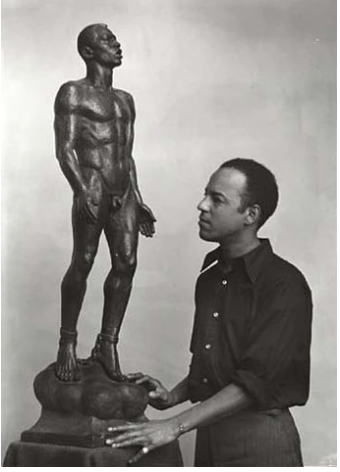
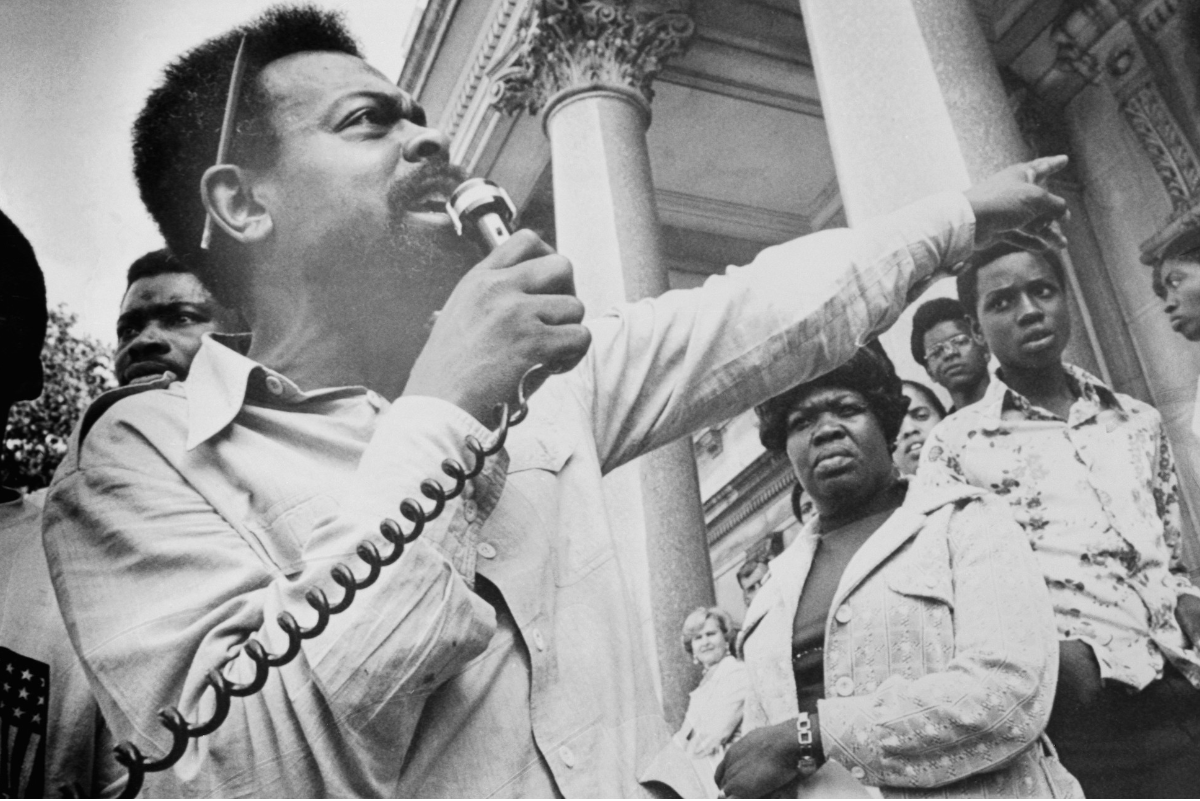
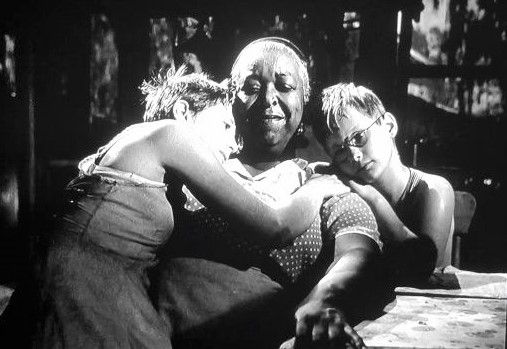
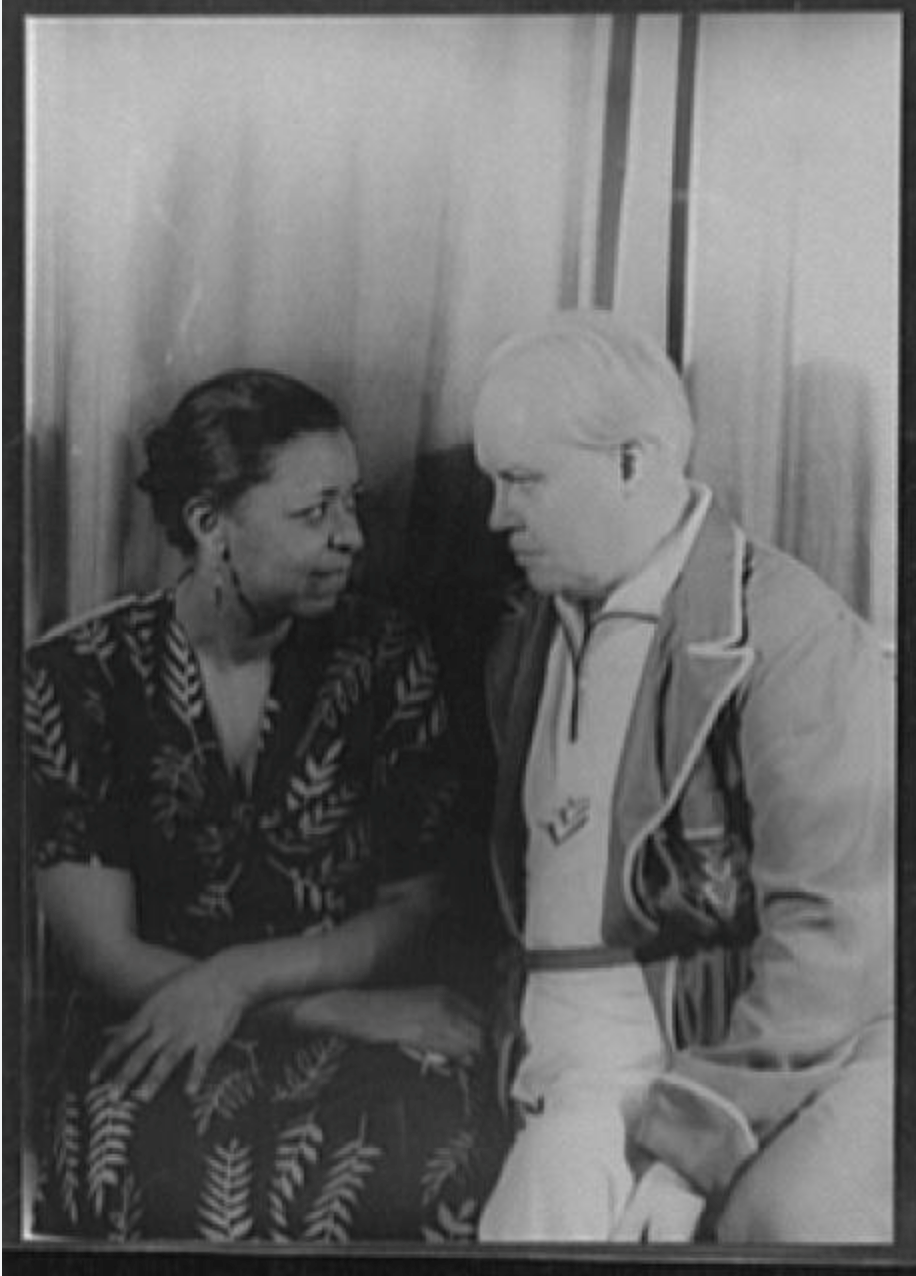
SHOGA FILMS is a 501(c) (3) non-profit production and education company. We create multimedia works around race and sexuality that are intended to raise awareness and foster critical discussion.
Contact Us
All Rights Reserved | Shoga Films
Stay Connected
Thanks for subscribing!
Please try again later.


